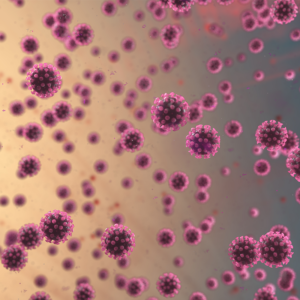Interventional Care


We notice that you are visiting us from . This site only services US-based visitors. Would you like to visit the site that is appropriate for your location?

To date, the COVID-19 pandemic has brought tragedy to the world and forced protective measures that have not been seen for 100 years. In recent history, we have managed pandemics ranging from the Influenza A H1N1 outbreak of 2009 to the relatively small outbreaks of both severe acute respiratory syndrome (SARS) and Middle East respiratory syndrome (MERS), the latter of which are also caused by viruses from the Coronaviridae family.
As we enter the northern hemisphere’s annual cold and flu season, we are at the precipice of another spike in cases. Clear changes are occurring in Europe where cases in the UK, for example, have increased from 1,300 on September 1, 2020 to 26,707 on October 21, 20201. The US is also seeing a shift in the wrong direction at 143,231 cases on October 10, 2020 – the highest number of cases ever recorded in a single country. Total cases in the US reads an alarming 10,404,354 and deaths of Americans at nearly 241,808. To put in context, that is more deaths than the US sees annually in influenza, pneumonia and chronic lower respiratory diseases combined2.
To tackle the global pandemic, we have seen significant efforts to alter human behavior, movement, and social interaction. Personal Protective Equipment (PPE), hand hygiene and surface disinfection at the cornerstones of our fight. During the first wave of the pandemic in the spring of 2020, the supply chain for these goods was stretched so far that hospitals have had to reuse PPE, make their own disinfectant or source hand sanitizer from uncommon channels. Elective surgeries were delayed, resources were re-allocated to ICUs, and education has become a daily part of a healthcare worker’s shift3.
With such unprecedented infection control practices, could we see a decline in other diseases, especially hospital acquired infection (HAI)? It would certainly be logical.
Heightened infection control vigilance, an increase in treatment of patients outside of the hospital and a community in various stages of lockdown should elicit a decline.
An excellent article by McMullen and colleagues4 shares information from their respective hospitals, whilst offering evidence-based predictions of what we may observe. They postulate that we may expect to see decreases in surgical site infections (SSI), while increases in central line associated bloodstream infections (CLABSI) and catheter associated urinary tract infection (CAUTI) are likely. In the same article, the authors state that C. difficile rates in two hospitals have decreased by 51% and 45% respectively.
Cole3 reports that multi drug resistant organisms (MDROs) have shown a marked decrease in four community hospitals in Los Angeles County, California. Between the period of Q1, 2020 and Q2, 2020, MRSA was down 41%, while VRE HAI was down 80%. In contrast, Randall and Minahan5 report a small outbreak of MRSA bacteremia in incarcerated patients; also, in California. It is not clear whether precautions in place failed or some other modality (increased susceptibility of COVID-19 patients, systemic steroid treatment) was the source of the outbreak.
Indeed, a further study by Farfour and colleagues6 in France, reports an outbreak of NDM-5 producing E. coli in their hospital, despite being on COVID-19 readiness during the period. The authors conclude that overwork, misuse of PPE and low compliance for standard and contact precautions were the contributing factors.
It appears that HAI rates are in a state of flux with reported decreases and increases, depending on the type of modality and patient involved. McMullen and colleagues report that CLABSI and CAUTI rates in their respective hospitals have increased in terms of cases per 1,000 patients4. Although, this could be inflated by a reduction in elective surgeries that increase the overall susceptibility of the patient population. In a personal communication from a hospital’s medical director, HAIs have remained stagnant year on year in their facility, further suggesting that there may not be a fundamental shift, despite improvements observed elsewhere.
It is not clear at this time, whether there is a silver lining to the ongoing valiant efforts to control the COVID-19 pandemic. As an increasing amount of year on year data becomes available, a brighter picture could yet still emerge. In the longer term, increased vigilance, and education of infection control both within healthcare and the community can only be a positive step in the right direction.